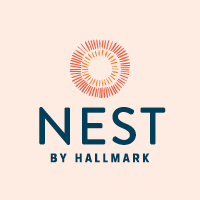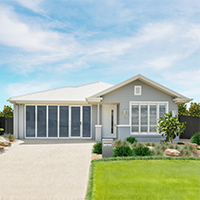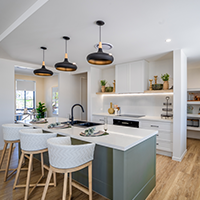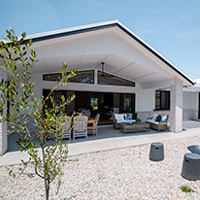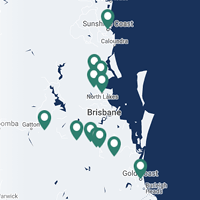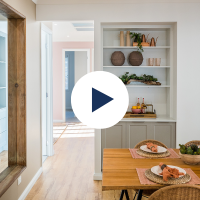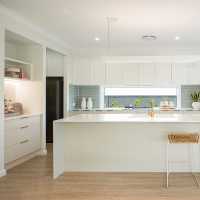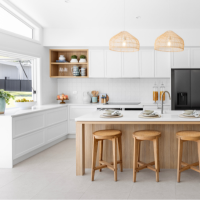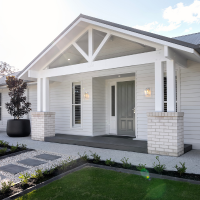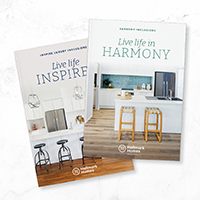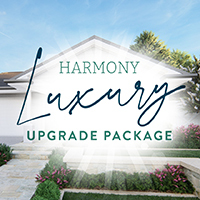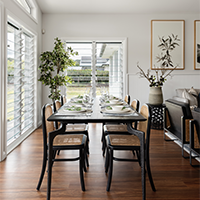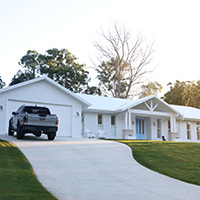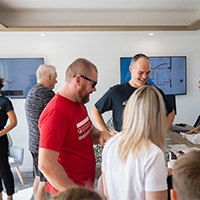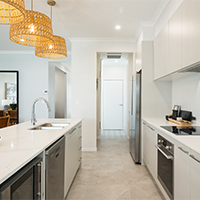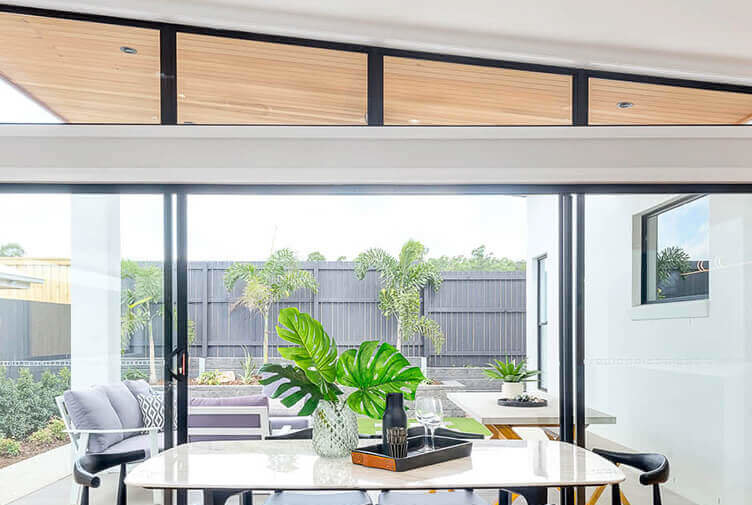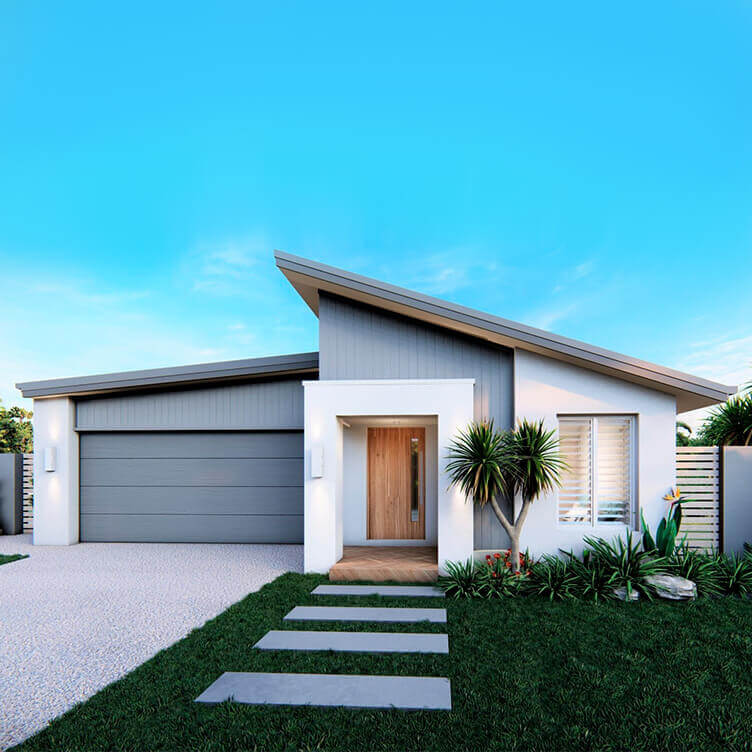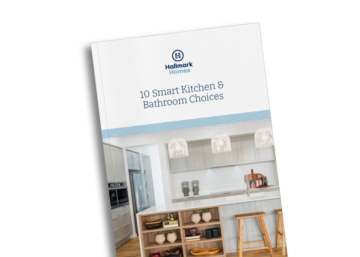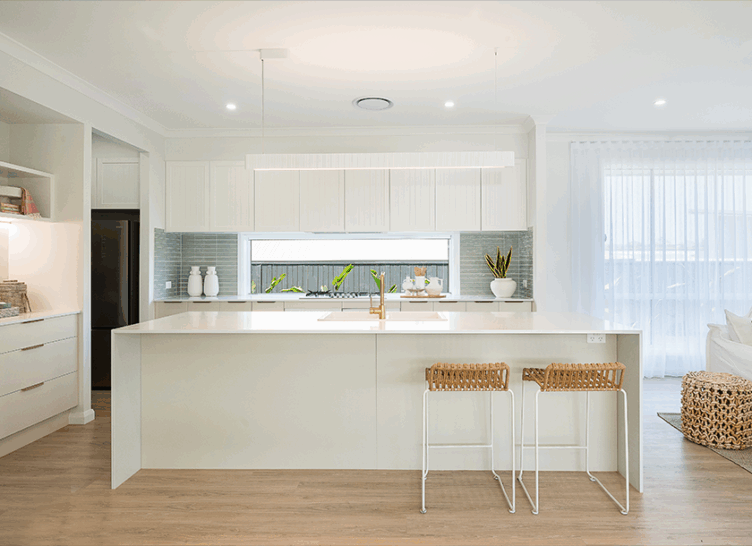You’ve decided to build a new home, so what’s the next step? As you start your journey, one of the most important factors to consider is the orientation of your block of land, and the positioning of your new home on it. House orientation refers to the positioning of your home in relation to seasonal variations in sun and wind. Good orientation, combined with other energy efficiency features, can reduce or even eliminate the need for heating and cooling, resulting in lower energy bills, reduced greenhouse gas emissions and a more comfortable living environment.
Tips for South East Queensland
In South East Queensland, we live in a very warm climate, so good orientation will allow better use of the sun’s path and natural breezes. As a general rule, you should minimise the walls of your house being exposed to the western sun, as this is where most of the heat comes from, and will make your house uncomfortably hot in summer. The best house orientation for natural light and energy efficiency is north, so active spaces like living, kitchen and dining areas should face north to take full advantage of this. If possible, windows should also face north – allowing light in, without overheating the house. Ask your home builder to work with you to achieve the best results.
Matching your home design to your block of land
When you’re looking for a block of land, use this simple guide to orientation to makes sure it’s suitable for the home design you have in mind.
North-South with a north-facing backyard
This is the most popular orientation. Ideally, you should position bedrooms at the front, and outdoor spaces and living areas towards the back of the house.
North-South with north-facing road frontage
Living and outdoor living spaces are best located towards the front of the house.
East-West with west-facing backyard
In summer, the western sun can be very hot, so make sure you have sufficient shading. Also, consider having a courtyard on the north side.
East-West with west-facing road frontage
Consider having a spare bedroom, study or second living space at the front of your home (as it will get hot in summer), and locate outdoor spaces on the north and east sides.
How to maximise passive cooling and heating
Passive heating and cooling refers to heating and cooling that doesn’t require a mechanical device. Ideally, you should choose a site with good orientation for your climate and build your home to maximise the site’s potential for passive heating and cooling. In South East Queensland’s warm climate, we are more focused on looking for ways to maximise passive cooling. Of course, you can cool your home with air conditioning, but passive cooling can help slash your energy consumption, which means lower power bills.
Good orientation for passive cooling keeps out unwanted sun and hot winds, while ensuring access to cool breezes. On the east coast of Australia, cool breezes are generally north-easterly to south-easterly. Unlike sunlight, breezes can be diverted, so find a way to divert them through your home using fences, plants and windows that open widely.
Orientation for passive heating is about using the sun as a source of free home heating, by letting winter sun in and keeping unwanted summer sun out. Poor orientation and lack of appropriate shading can exclude winter sun and cause overheating in summer. Where possible, choose a site that can accommodate north-facing daytime living areas that flow on to covered outdoor spaces with a similar orientation.


